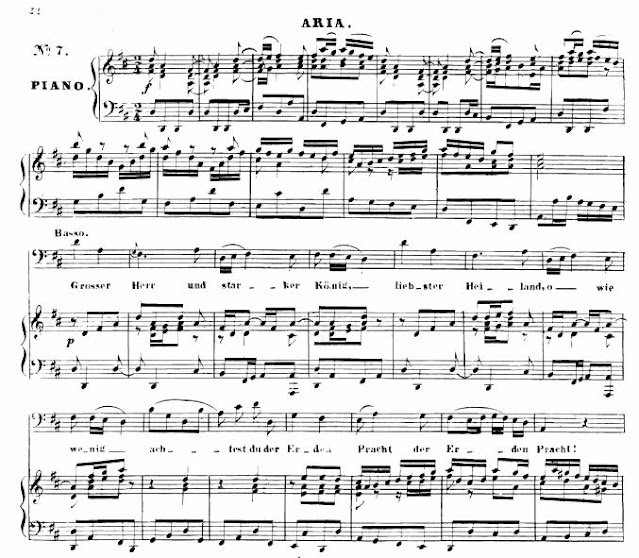Gorecki's Symphony No. 3
If there is one piece of music that can calm my nerves, it is this symphony by the Polish composer who died in November 2010. I first heard the piece on a drive from Freiburg out to Umkirch to teach an adult education English class. The disc jockey of the classical radio station said the symphony had become a hit on the British pop charts recently. This was 1992 and the techno scene was in bad need of chill music. When the new recording of this work landed in the studios of the BBC and the DJ played the shortest of the three movements (26 - 9 - 17 minutes), the phones started ringing. By the end of 1993, the record had sold 600,000 copies. When I first heard this second movement, I thought it was very nice, but the story was for me even more interesting. A classical piece becoming popular? Bring it on!
Three slow movements make up this Symphony. The first one starts off so softly that you always want to check to see if the disc is spinning, or you turn it up, only to feel the double-basses laying down a fugue-like pattern that swells to a forte and then subsides. The second movement uses the words of a teenage girl, which were written on the wall of a Gestapo prison cell in Zakopane to invoke the protection of the Virgin Mary. The third movement undulates at the rate of relaxed breathing. The music stops after 13 minutes. You breathe a sigh. You wish for more. Then comes a coda, a bit more, until you are totally relaxed. This is about as close as any music can get you to zone out and think of nothing.
The vocals, be they sung by Dawn Upshaw, Zofia Kilanowicz, or another soprano, lift and waft through the pulsing string accompaniment in a sad yet uplifting way. Is that possible? Check it out yourself!
My wife and I were lucky enough to hear a live performance of it in the Leonhardtskirche in Stuttgart, at which a very good amateur orchestra accompanied an excellent Russian soprano, who sang from the raised pulpit. We sat right in front of the piano and I was surprised to see - and hear - how much that instrument is used in the piece. The chords it plays are usually to support the strings and other instruments, but it is used throughout. Feeling the vibrations of the double-basses at the beginning - even before any audible perception - made me think that the music was being pulled up out of the catacombs to be performed for us. The repetitive canon form that makes up most of the first and third movements might appear boring to some listeners, but if you let it get a hold of you, it might just relax you!
A few years ago I got the orchestral score from the public library. I played it on the piano and found the experience relaxing as well. I'd love to have a full piano reduction of the piece. Now I play the canon on the violin and experience the piece anew and in a much more immediate way.
Other musicians have become hooked on the music as well. A jazz saxophonist named Colin Stetson mashed it up in 2016, sort of in the vein of Uri Caine and his explorations into the worlds of Bach, Mozart or Mahler. It may be worth listening if you want to experience it anew.




Comments
Post a Comment